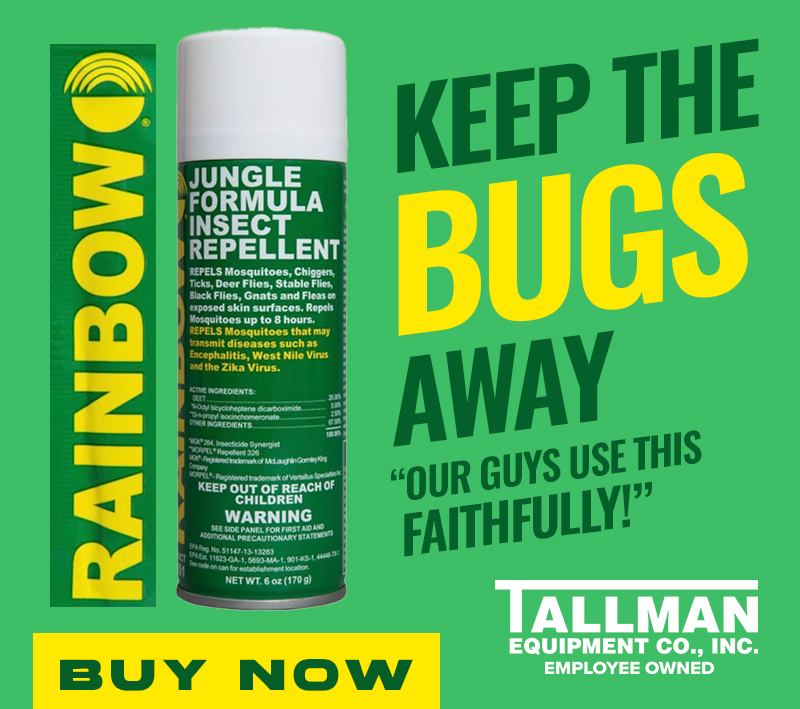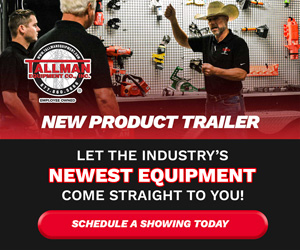It is night and you are working storm trouble on a single-phase line. The line fuse is blown, and you find wire down. Then you notice that the customer beyond the broken section of wire still has power. Is there a two-way feed on this phase? Did you identify the correct opened line fuse?
No, there is no two-way feed, and yes, you identified the correct opened line fuse feeding the downed phase wire. This trouble call is different from traditional radial feed or one-way electric power flow. This call includes solar panels in the customer’s backyard that are attached to battery storage on the side of their house. The battery storage supplied by solar generation is flowing through a non-UL-labeled inverter that is connected directly to the customer’s breaker panel. The 200-amp main disconnect in the breaker panel is closed, and power is backfeeding through the customer’s meter, through the secondary windings of the transformer and out onto the downed primary wire.
In an effort to help keep lineworkers safe and knowledgeable, the remainder of this article will cover information on solar distributed generation and how to protect yourself from solar backfeed.
Some History
In the past, power corporations owned their generation, transmission and distribution lines and equipment. Traditionally, large power plants produced the power that flowed over transmission networks in the megawatt or gigawatt range to substations that reduced the high voltage of the transmission lines to distribution voltages. The distribution power flowed to the consumer in one direction.
However, deregulation separated the traditional generation, transmission and distribution ownership to promote competition. In the 1990s, distributed generation and clean, renewable energy – like solar – became increasingly cost effective. Consumers of electric power could own and install distribution generators and renewable energy technologies on their own property. This upset the traditional electric power infrastructure as some consumers of electric power, even homeowners, became generators of that power. Additionally, this upset the distribution grids by having two-way power flows and significantly reduced one-way power flow that was not traditionally planned for.
Two-way electric power flows are acceptable when the power system is working properly and distributed generation, like solar, is passing through utility-approved switches and meters. Such flow is not acceptable when the power system circuits become de-energized by a storm and the two-way electric power flow then becomes backfeed on downed lines. In addition, it is not acceptable for customers to install distributed generation without transfer or manual load-break switches, thereby allowing the distributed generation to become backfeed on the power system’s downed lines.
Preventing Unintentional Solar Backfeed
By definition, backfeed is power flowing opposite of the usual direction. It can be intentional or unintentional. Through switching, a utility can create intentional backfeed by reversing the power flow to restore power to customers during outages. However, unintentional backfeed can come from distributed generation sources, such as solar, battery storage and generators. Lineworkers must be aware of and always protect themselves from unintentional backfeed.
To prevent unintentional backfeed, there are correct ways to install solar panels and related equipment that are tied to the grid. All grid-tied equipment, like inverters, should have the UL label. Standard UL 1741 details the interconnection equipment, the tests that must be conducted, construction, and protection against risks and injury to people. An inverter that is grid-tied with the UL label, for example, should shut off if the power grid goes down or if the AC frequency of the power grid changes. This type of inverter prevents the customer’s house from becoming an island.
“A Guidebook on Grid Interconnection and Islanded Operation of Mini-Grid Power Systems Up to 200 kW” describes islanding as a “condition in which a portion of the grid becomes temporarily isolated from the main grid but remains energized by its own distributed generation resource(s). Islanding may occur accidentally or deliberately. Traditionally, islanding has been seen by utilities as an undesirable condition due to concerns about safety, equipment protection, and system control” (see www.osti.gov/biblio/1171616).







0 Comments